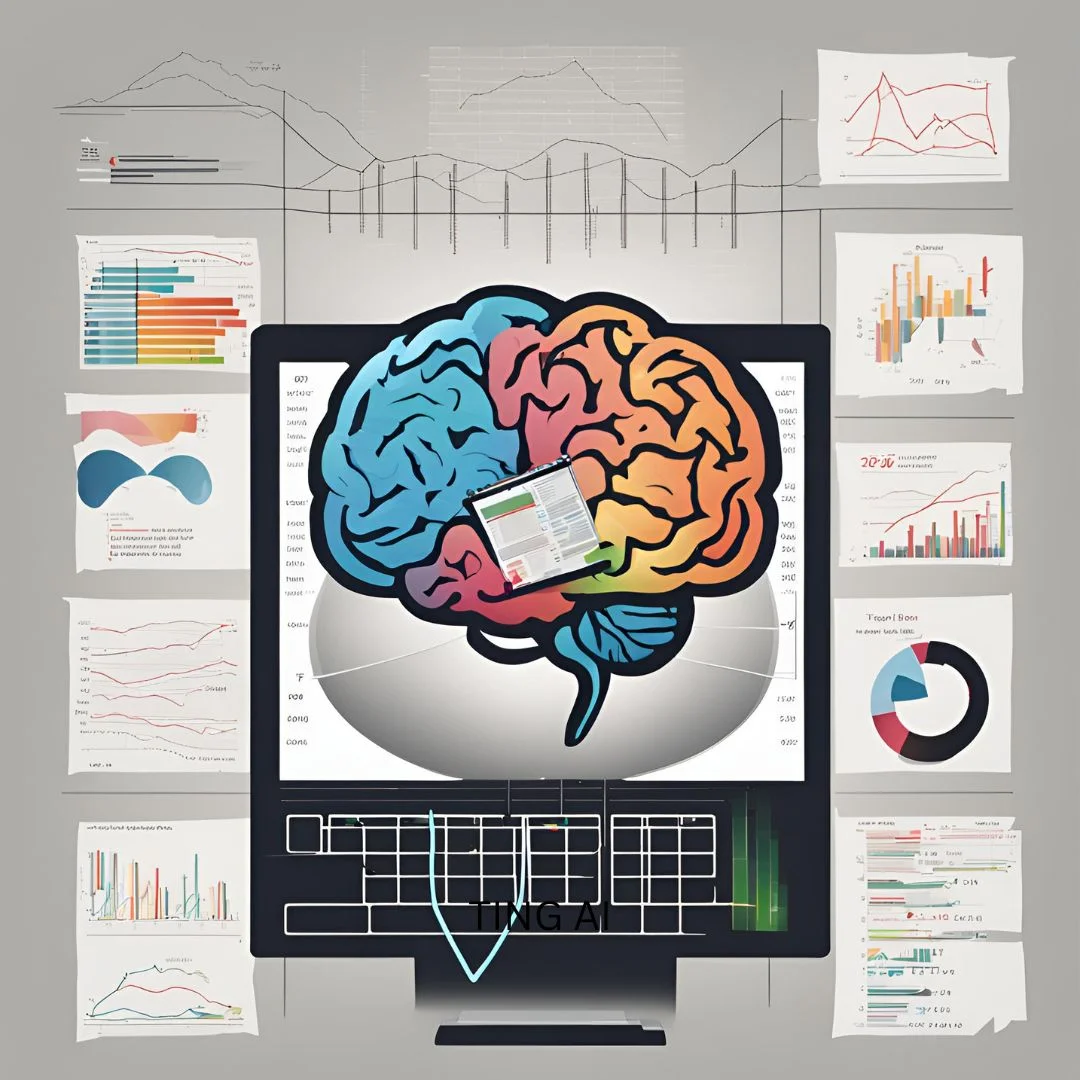The landscape of financial analysis is undergoing a seismic shift thanks to groundbreaking research from the University of Chicago. Their study showcases the capabilities of large language models (LLMs) like GPT-4 in performing financial statement analysis with a level of accuracy that rivals, and in some cases surpasses, human experts. This research, detailed in the working paper “Financial Statement Analysis with Large Language Models,” signals a transformative change in how financial analysis and decision-making might evolve in the near future.
GPT-4 Outperforms Human Analysts

In the study, GPT-4, an advanced LLM developed by OpenAI, was tasked with analyzing corporate financial statements to predict future earnings growth. Remarkably, GPT-4 excelled even when provided only with standardized, anonymized balance sheets and income statements, lacking any textual context. The model not only matched but often outperformed the predictions made by professional human analysts.
The authors of the study highlighted that GPT-4’s predictions did not rely on training memory alone. Instead, the model generated valuable narrative insights about a company’s future performance. This capability demonstrates a significant leap in the practical applications of AI in finance, where numerical precision and predictive accuracy are paramount.
Chain-of-Thought Prompts: Emulating Human Reasoning
A critical innovation in the research was the use of “chain-of-thought” prompts. These prompts guided GPT-4 to emulate the analytical process of a financial analyst, allowing the model to identify trends, compute ratios, and synthesize information effectively. This methodological enhancement enabled GPT-4 to achieve a 60% accuracy rate in predicting the direction of future earnings—significantly higher than the typical 53-57% accuracy range of human analysts.
The researchers concluded that LLMs like GPT-4 could become central to decision-making processes in financial analysis. The model’s vast knowledge base and pattern recognition abilities allow it to perform intuitive reasoning, even with incomplete information, which is often a challenge for human analysts.
Challenges and Potential Transformations
Despite these promising results, some experts urge caution. Numerical analysis has traditionally been a weak point for language models. “One of the most challenging domains for a language model is the numerical domain,” said Alex Kim, one of the study’s co-authors. He noted that while LLMs excel at textual tasks, their numerical understanding often stems from narrative context, lacking the deep numerical reasoning and flexibility of human cognition.
Additionally, some practitioners in the field of quantitative finance argue that the artificial neural network (ANN) model used as a benchmark in the study does not represent the cutting edge of quantitative analysis. As one commenter on the Hacker News forum pointed out, the field has advanced significantly since the ANN model was developed.
The Disruptive Potential of GPT-4
Despite these challenges, the study’s findings suggest a disruptive potential for LLMs in the financial sector. The ability of a general-purpose language model like GPT-4 to match, and in some cases exceed, the performance of specialized machine learning models and human experts is a testament to the rapid advancements in AI technology.
The research team has also created an interactive web application to demonstrate GPT-4’s capabilities. However, they advise that users independently verify the model’s accuracy. This cautious approach underscores the importance of rigorous validation in the application of AI in financial analysis.
The Future of Financial Analysis
As AI continues to advance, the role of the financial analyst is poised for transformation. While it is unlikely that human expertise and judgment will be completely replaced, tools like GPT-4 could significantly augment and streamline the work of financial analysts. This augmentation has the potential to reshape the field of financial statement analysis, making it more efficient and accurate.
In conclusion, the integration of LLMs like GPT-4 into financial analysis represents a paradigm shift. The model’s ability to generate insightful, accurate predictions with limited data challenges traditional methods and opens new avenues for innovation. As the technology evolves, the financial industry must adapt, harnessing these advancements to enhance decision-making and maintain a competitive edge.
More News: Tech News


